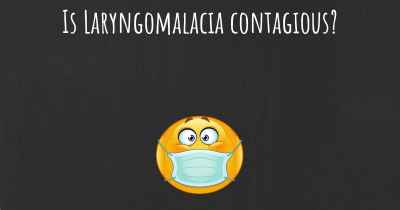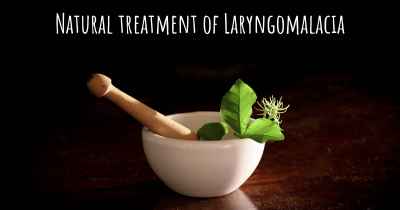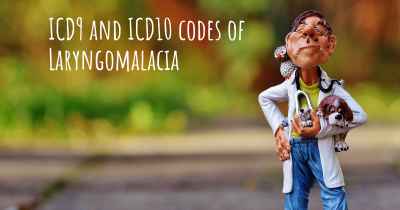Laryngomalacia diet. Is there a diet which improves the quality of life of people with Laryngomalacia?
Are you aware of a diet that can improve the quality of life of people with Laryngomalacia? Is there a diet that is suggested to avoid when having Laryngomalacia? See if there is a diet that can improve the quality of life of people with Laryngomalacia, recommended and to avoid food when having Laryngomalacia

Laryngomalacia Diet: Improving Quality of Life
Laryngomalacia is a condition characterized by the abnormal softening of the tissues of the larynx, or voice box. It is the most common cause of noisy breathing in infants and can sometimes persist into childhood. While there is no specific diet that can cure or treat laryngomalacia, certain dietary modifications can help improve the quality of life for individuals with this condition.
1. Positioning during feeding:
Proper positioning during feeding can help reduce symptoms associated with laryngomalacia. It is recommended to hold the baby in an upright position during and after feeding to minimize reflux and prevent the backflow of stomach acid into the throat. This can help alleviate symptoms such as coughing, choking, and difficulty breathing.
2. Smaller, more frequent meals:
Feeding smaller, more frequent meals can be beneficial for individuals with laryngomalacia. This can help prevent overfeeding and reduce the likelihood of regurgitation and reflux, which can exacerbate symptoms. It is important to consult with a healthcare professional or a registered dietitian to determine the appropriate feeding schedule and portion sizes for your specific situation.
3. Thickened feeds:
In some cases, thickening the feeds with a thickening agent, such as rice cereal or commercial thickeners, may be recommended. Thickened feeds can help reduce the occurrence of reflux and aspiration, which can contribute to laryngomalacia symptoms. However, it is crucial to consult with a healthcare professional before making any changes to the consistency of feeds, as they can provide guidance based on the individual's specific needs.
4. Avoiding trigger foods:
While there are no specific trigger foods for laryngomalacia, it is important to be mindful of any foods that may exacerbate reflux or cause discomfort. Common trigger foods include spicy or acidic foods, carbonated beverages, caffeine, and fatty or fried foods. Keeping a food diary can help identify any potential trigger foods and allow for their avoidance, leading to a reduction in symptoms.
5. Adequate hydration:
Ensuring adequate hydration is essential for individuals with laryngomalacia. Staying hydrated can help thin mucus secretions, making it easier to clear the airway and reducing the risk of complications. Encouraging regular fluid intake, especially water, can help maintain optimal hydration levels.
6. Nutrient-rich diet:
While there are no specific dietary restrictions for laryngomalacia, it is important to focus on a nutrient-rich diet to support overall health and well-being. Including a variety of fruits, vegetables, whole grains, lean proteins, and healthy fats can provide essential vitamins, minerals, and antioxidants that support the immune system and promote healing.
7. Consultation with healthcare professionals:
It is crucial to work closely with healthcare professionals, including pediatricians, otolaryngologists, and registered dietitians, to develop an individualized plan that addresses the specific needs of individuals with laryngomalacia. They can provide guidance on appropriate feeding techniques, dietary modifications, and any necessary medical interventions.
Conclusion:
While there is no specific diet that can cure or treat laryngomalacia, certain dietary modifications can help improve the quality of life for individuals with this condition. Proper positioning during feeding, smaller, more frequent meals, thickened feeds, avoiding trigger foods, adequate hydration, and a nutrient-rich diet can all contribute to reducing symptoms and promoting overall well-being. It is important to consult with healthcare professionals to develop an individualized plan that addresses the specific needs of individuals with laryngomalacia.








